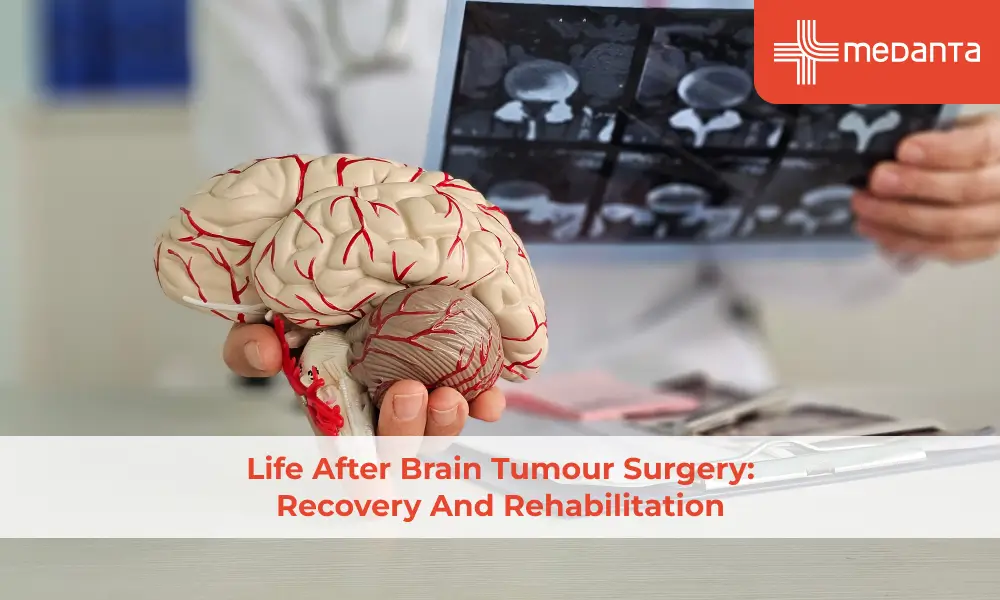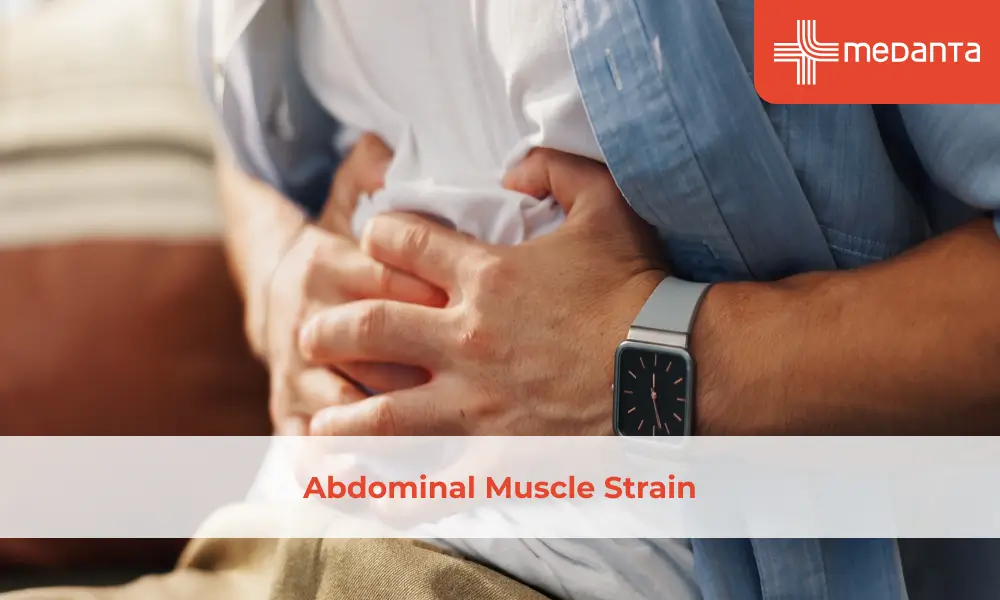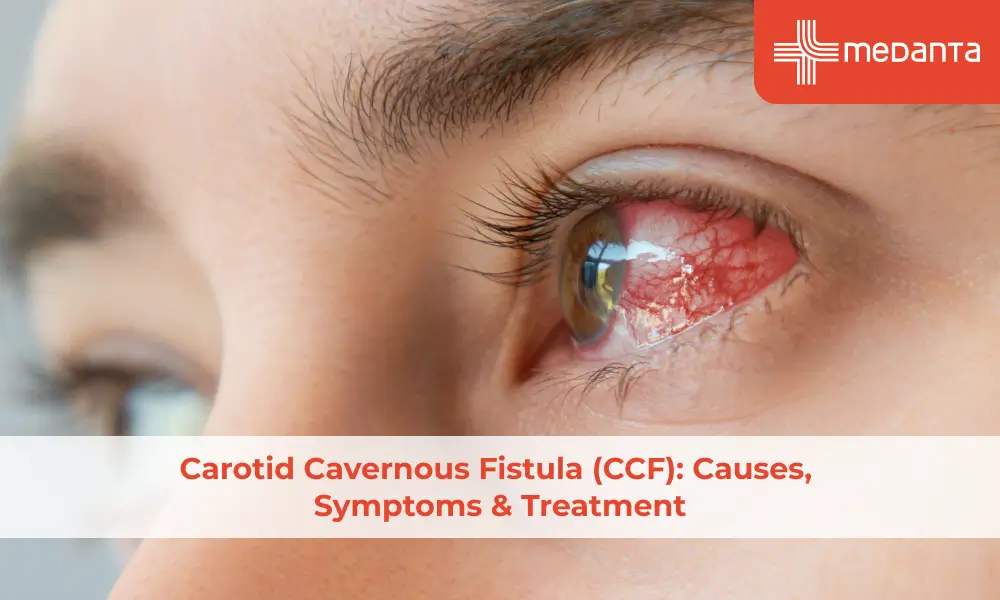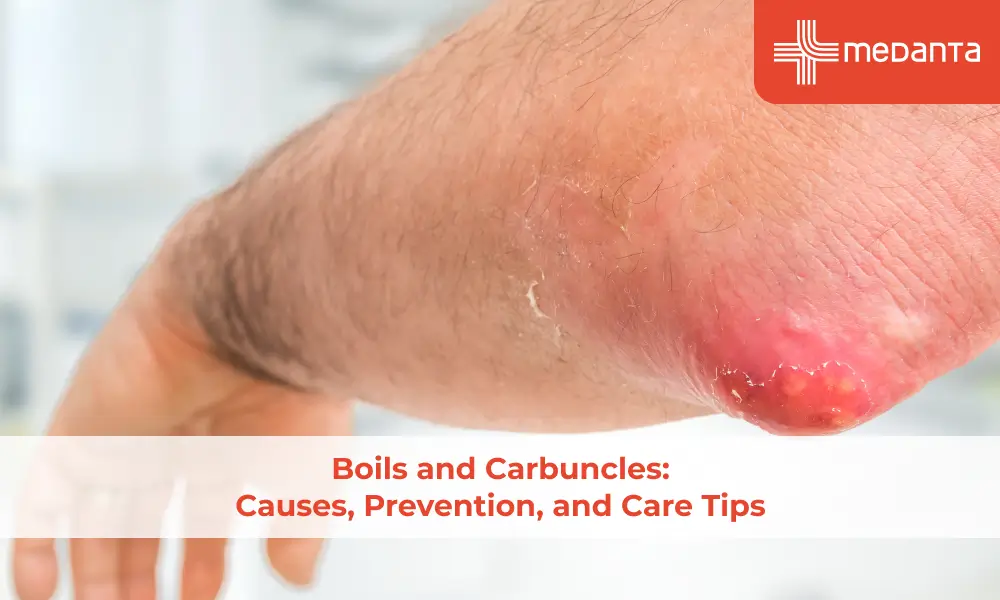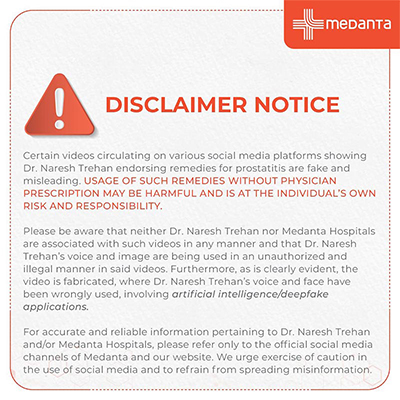The Causes Behind Piles and Fissures: What Triggers These Anorectal Conditions?
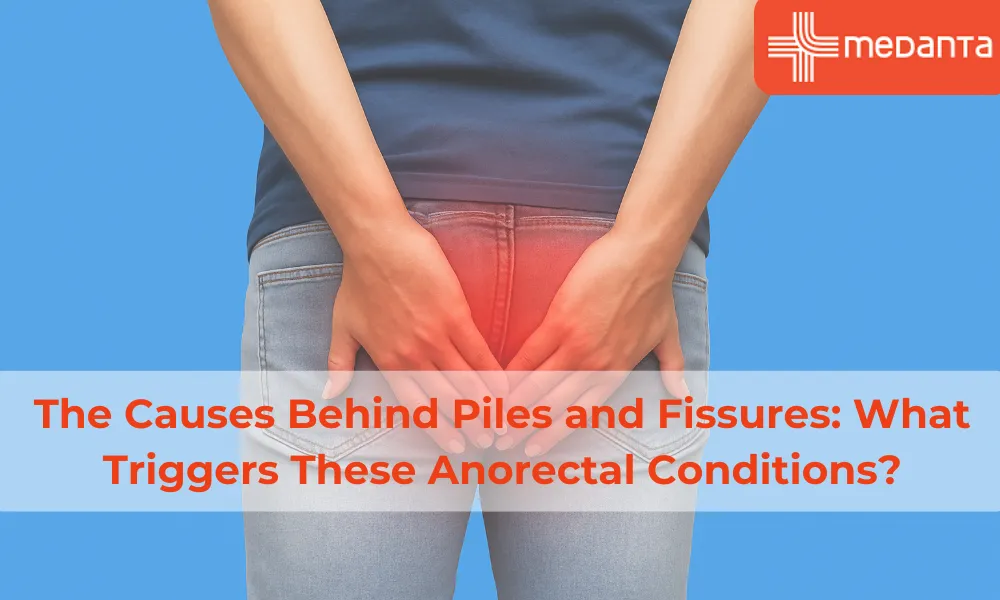
TABLE OF CONTENTS
Haemorrhoids, also known as piles, and anal fissures can both be painful and uncomfortable to live with. However, though they share symptoms and can both cause bleeding and discomfort, they have different causes, and the courses of these two conditions can be somewhat different. In this blog, you can read about the causes of piles, causes of fissures, and much more!
Piles
Do you know that almost 20% of the Indian population suffers from piles and fissures? Piles, also known as haemorrhoids, are swollen veins in the anal canal and rectum. These veins become enlarged due to increased pressure in the area. They can be internal, located inside the rectum, or external, protruding outside the anus.
Causes of Piles
Here are some of the main reasons behind piles symptoms:
Straining During Bowel Movements: Chronic constipation and straining to pass hard stool is a significant factor. Straining puts immense pressure on the veins in the anal canal, causing them to stretch and bulge.
Low-Fibre Diet: Fibre bulks up stool and makes it softer, easing its passage. A diet lacking in fibre leads to hard, dry stools that require straining to expel.
Pregnancy: The growing uterus puts pressure on the pelvic veins, including those in the rectum. This pressure contributes to the development of haemorrhoids, especially during the later stages of pregnancy.
Being Overweight or Obese: Excess weight puts additional strain on the pelvic and anal veins, increasing the risk of piles.
Ageing: As we age, the tissues supporting the veins in the anal canal weaken, making them more susceptible to bulging.
Heavy Lifting: Regularly lifting heavy objects can increase pressure in the abdomen and contribute to haemorrhoids.
Here are some of the most common piles symptoms:
Painless bleeding during bowel movements (bright red blood)
Pain or discomfort around the anus
Itching or burning sensation in the anal area
A feeling of fullness in the rectum
Protrusion of tissue outside the anus (external haemorrhoids)
Anal Fissures
An anal fissure is a small tear in the lining of the anal canal. This tear can cause significant pain and discomfort during bowel movements and afterward. Unlike piles, fissures don't usually cause bleeding.
Causes of Fissures
Here are some of the most common causes of fissures:
Straining During Bowel Movements: Similar to piles, chronic constipation and straining are major risk factors. The hard stool can tear the delicate lining of the anal canal.
Chronic Diarrhoea: Frequent loose stools can irritate the anal canal, making it more susceptible to tears.
Childbirth: Straining during vaginal delivery can lead to anal fissures.
Inflammatory Bowel Disease (IBD): Conditions like Crohn's disease and ulcerative colitis can cause inflammation in the anal canal, increasing the risk of fissures.
Low Muscle Tone: Weakened anal sphincter muscles can contribute to difficulty controlling bowel movements, leading to straining and potential fissures.
Symptoms of Anal Fissures
Severe pain during bowel movements that can last for hours
Tearing sensation during bowel movements
Bleeding in small amounts (less common than with piles)
A visible lump near the anus (skin tag)
Difficulty controlling bowel movements (incontinence)
Differentiating Between Piles and Fissures
While both conditions cause discomfort, some key differences exist:
Pain: Haemorrhoids may cause mild discomfort or itching, while anal fissures typically cause sharp, burning pain during bowel movements, sometimes lasting for hours.
Bleeding: Haemorrhoids often cause painless bleeding, with bright red blood noticed. Fissures may also bleed, with bright red blood on toilet paper or streaking the stool.
Location: Haemorrhoids can be internal or external, while fissures occur only in the anal canal.
Risk Factors for Both Piles and Fissures
Certain factors increase the risk of developing both piles and fissures:
Family History: If you have a family history of haemorrhoids or anal fissures, you're more likely to experience them yourself.
Inactivity: A sedentary lifestyle can contribute to constipation and straining during bowel movements.
Sitting for Long Periods: Sitting on the toilet for extended periods can put pressure on the veins in the rectum and anus.
Anal Sex: While uncommon, anal sex can irritate the anal canal and increase the risk of tears or fissures.
Prevention Tips
Fortunately, there are ways to reduce your risk of developing piles and fissures:
Increase Fibre Intake: A diet rich in fibre (fruits, vegetables, whole grains) softens stools and promotes regular bowel movements, reducing straining.
Stay Hydrated: Drinking plenty of fluids keeps stools soft and easier to pass.
Exercise Regularly: Physical activity helps regulate bowel movements and reduces pressure on the pelvic region.
Maintain a Healthy Weight: Losing weight or managing your weight reduces pressure on the abdomen and veins.
Respond to Bowel Urges: Don't ignore the urge to have a bowel movement. Delaying can lead to harder stools and straining.
Empty Your Bowel Completely: Incomplete bowel movements can lead to straining and increase the risk of haemorrhoids and fissures.
Practice Good Toilet Habits: Avoid straining on the toilet. If you haven't had a bowel movement within 5-10 minutes, get up and try again later.
When to See a Doctor?
While haemorrhoids and anal fissures can be uncomfortable, they often resolve on their own with lifestyle changes. However, if you experience any of the following symptoms, consult a doctor:
Severe pain during bowel movements
Persistent bleeding from the rectum
Bright red blood in your stool
Difficulty controlling bowel movements
A lump near your anus
Early diagnosis and treatment can prevent complications and ensure faster recovery.
Final Words
Understanding the causes, symptoms, and treatment options for piles and fissures is essential for effectively managing and preventing these common anorectal conditions. Individuals can reduce their risk of developing piles and fissures by adopting healthy lifestyle habits, such as maintaining a high-fibre diet, staying hydrated, and practising good bowel habits.
Prompt medical intervention, including topical treatments, sitz baths, and surgical procedures when necessary, can alleviate symptoms and promote healing.
If you or someone you know has been suffering from piles, then consult an expert proctologist at your nearest tertiary care hospital today! Don’t delay the diagnosis and take control of your health today!

